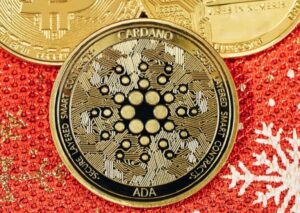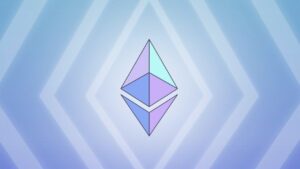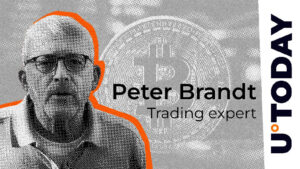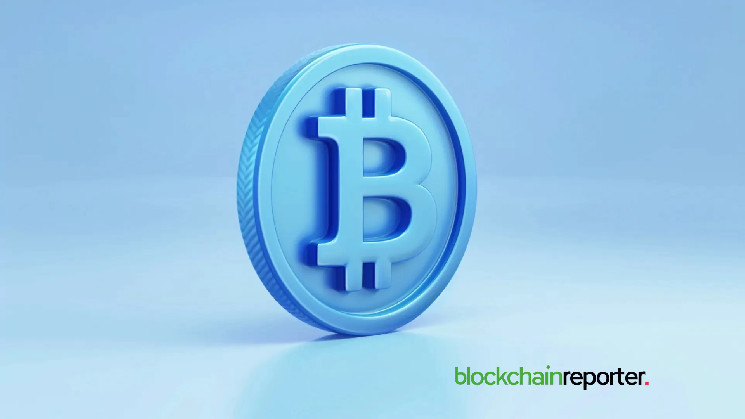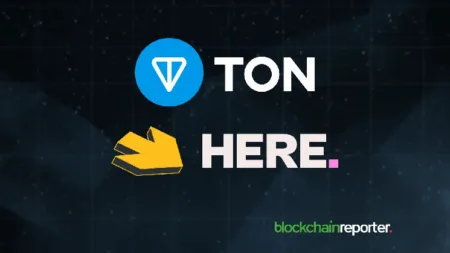Coral Finance, a staking protocol dealing with Bitcoin L2, has commenced a unique collaboration. As per the platform, it has recently joined forces with UniPort Network, an interoperability protocol concerning the assets in the Bitcoin ecosystem. The company disclosed the respective partnership on its official account on the social media forum X.
We are thrilled to partner with @Uniport_Network, an Omni-Chain Interoperability Protocol for #Bitcoin ecosystem assets.@Coral_Finance is a staking protocol that allows users to stake non-BTC assets and earn leveraged yield.
Follow the updates on the partnership🤝.… pic.twitter.com/0MXr1kmHpO
— Coral Finance | Coralantis🪸 (@Coral_Finance) June 1, 2024
Coral Finance and UniPort Network Join Forces to Enable Better Interoperability for the Users
In its latest X post, the company expressed confidence in the exclusive endeavor. Coral Finance utilizes a unique and cutting-edge mechanism named Premium Trading. The platform provides crypto projects with a non-inflationary and dependable liquidity/staking aggregation solution concerning sustainable development. In addition to this, it sustains the chief values for the consumers like capital efficiency, risk management, and asset growth.
The company intends to introduce RWA assets such as stocks through Premium Trading. In this way, it will reportedly drive liquidity and user growth in traditional finance in the long run. Premium trading plays the role of an exclusive trading mechanism aggregating liquidity to enable effective market making. It permits consumers to trade their crypto tokens at huge prices.
The Platform Enables Leveraged Yields over Staking Non-BTC Assets
Coral Finance has released corToken, a derivative coin, which the platform mints from the local token at a ratio of 1:1. With this, the consumers can get leveraged yields. UniPort operates an Omni-chain interoperability forum for
ecosystem-based assets. it provides a comprehensive support for the interoperability of RGB++, Runes, ARC20, Ordinals-NFT, and BRC20 assets.
Read the full article here
